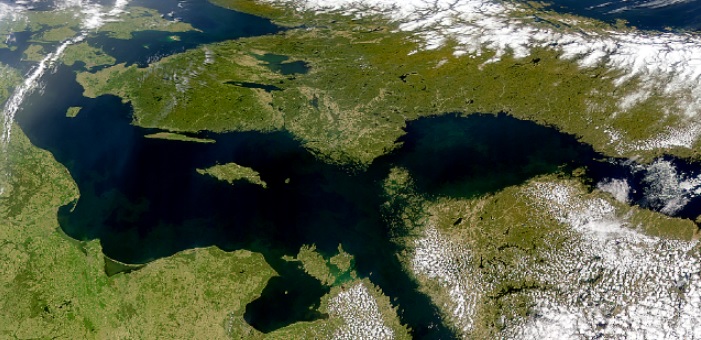The Bahamas Maritime Authority (BMA) issued a technical alert, noting an increase in reports from coastal States about the number of vessels not complying to the recommendations provided within the IMO Safety of Navigation circular SN.1/Circ.263 Routeing Measures other than Traffic Separation Schemes, regarding vessels navigating through the entrances to the Baltic Sea.
The entrances to the Baltic Sea between Gedser and Spodsbjerg are considered dangerous areas to navigate because of a combination of tide and meteorological conditions. This along with unknown obstructions on the seabed and sand migration, could cause reduced depth of navigable water. In addition, the area can be susceptible to high levels of traffic density.
[smlsubform prepend=”GET THE SAFETY4SEA IN YOUR INBOX!” showname=false emailtxt=”” emailholder=”Enter your email address” showsubmit=true submittxt=”Submit” jsthanks=false thankyou=”Thank you for subscribing to our mailing list”]
Considering these, ships should:
- Not pass the area unless they have a draught, with which it is safe to navigate, taking into account draught increasing effects such as squat effect and the effect of a course alteration, etc.;
- Exhibit the signal prescribed in rule 28 of the International Regulations for Preventing Collisions at Sea, 1972, as amended, in certain areas in the StorebÊlt (Great Belt), Hatter Rev, Vengeancegrund and in the narrow route east of Langeland, when constrained by their draught.
In addition, for ships with a draught of 11 metres or more, the following are recommended:
- Ships with a draught of 11 metres or more should use for the passage the pilotage services locally established by the coastal States;
- Be aware that anchoring may be necessary owing to the weather and sea conditions in relation to the size and draught of the ship and the sea level and, in this respect, take special account of the information available from the pilot and from radio navigation information services in the area.
Furthermore, according to DMA, ships which have not complied with the applicable version of the IMO Recommendation on navigation through the entrances to the Baltic Sea may be subject to additional Port State Control inspections, regardless of the period since the last periodic inspection.
You can see more information in the PDF herebelow





























































